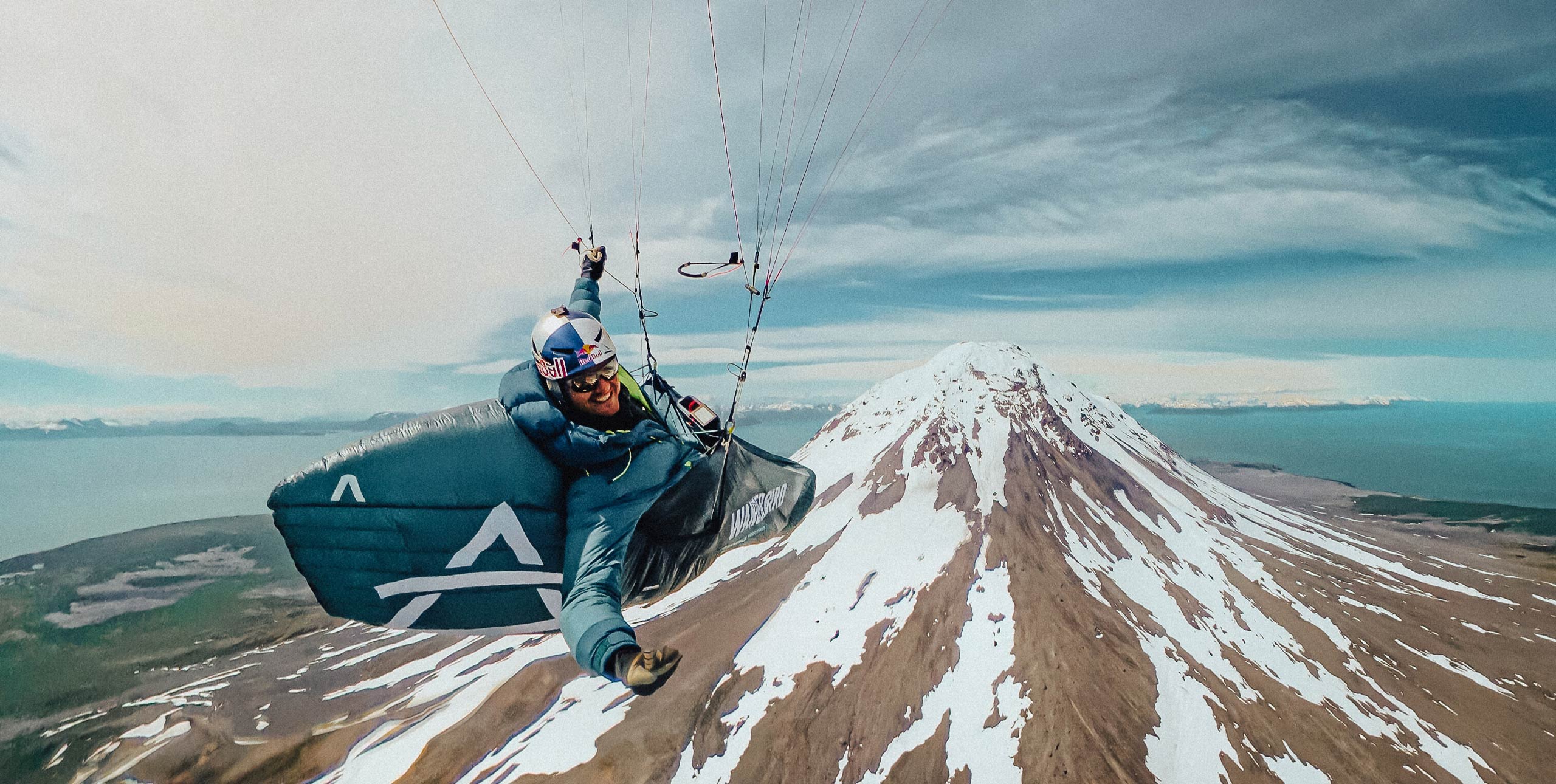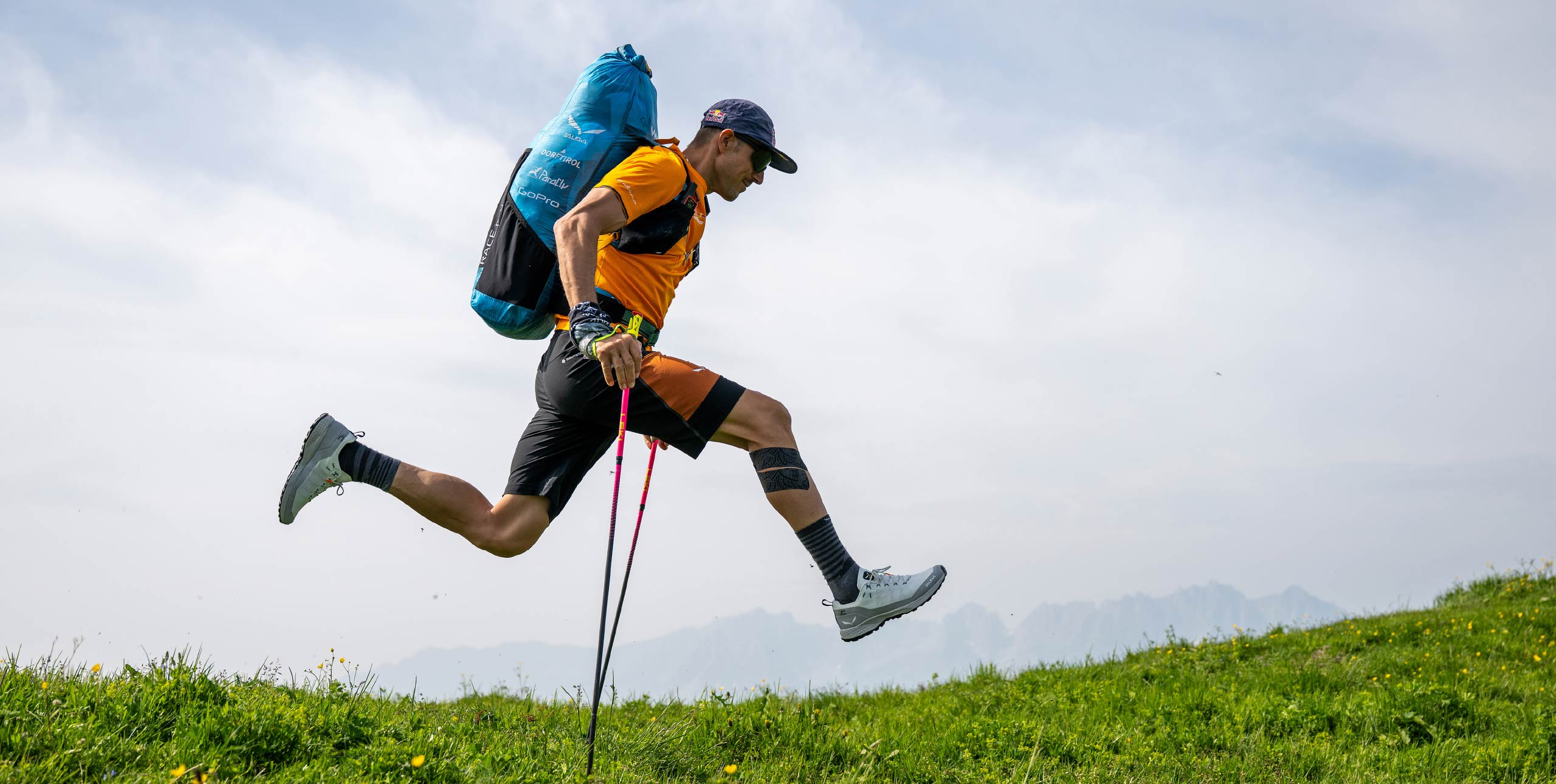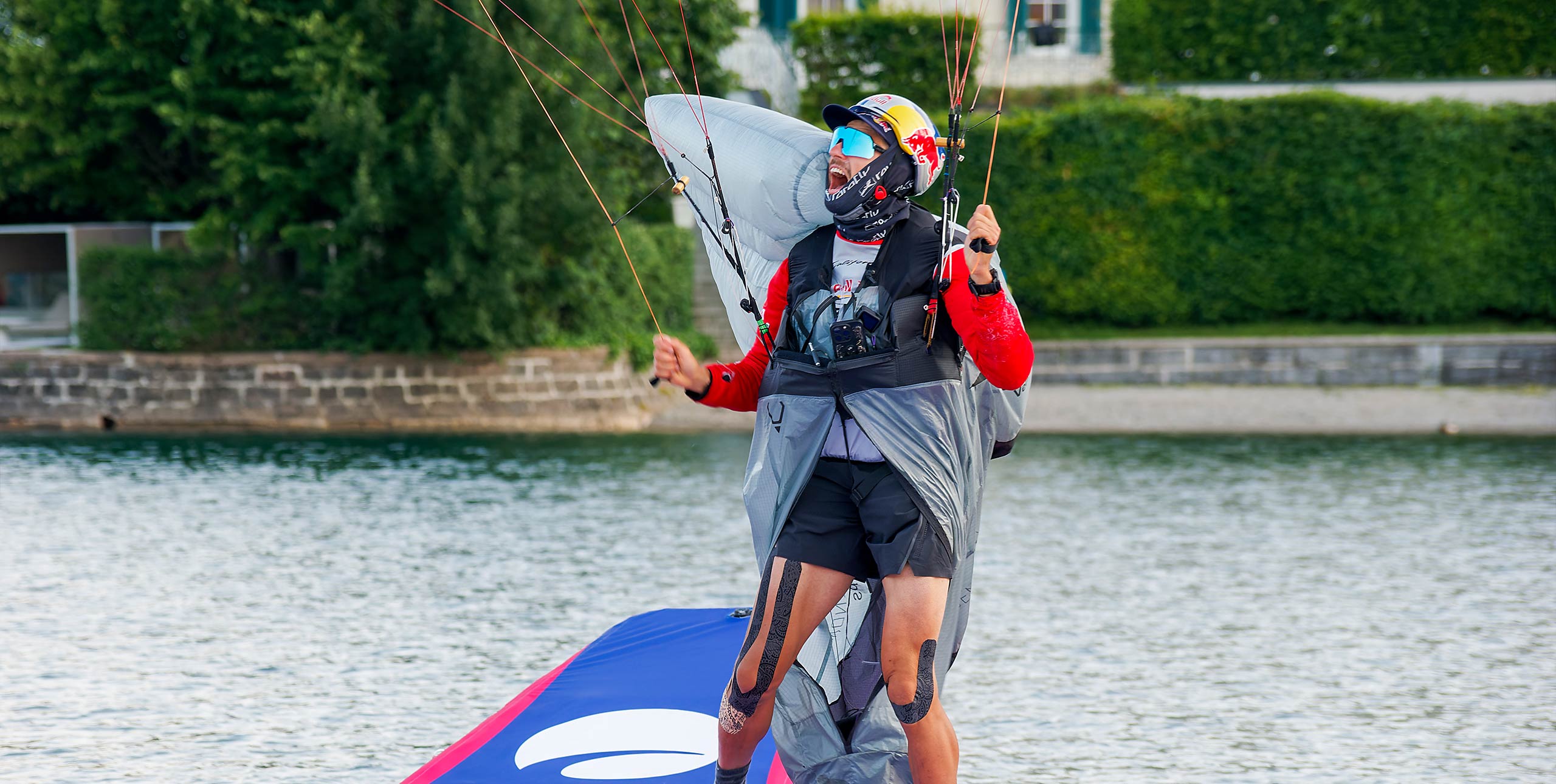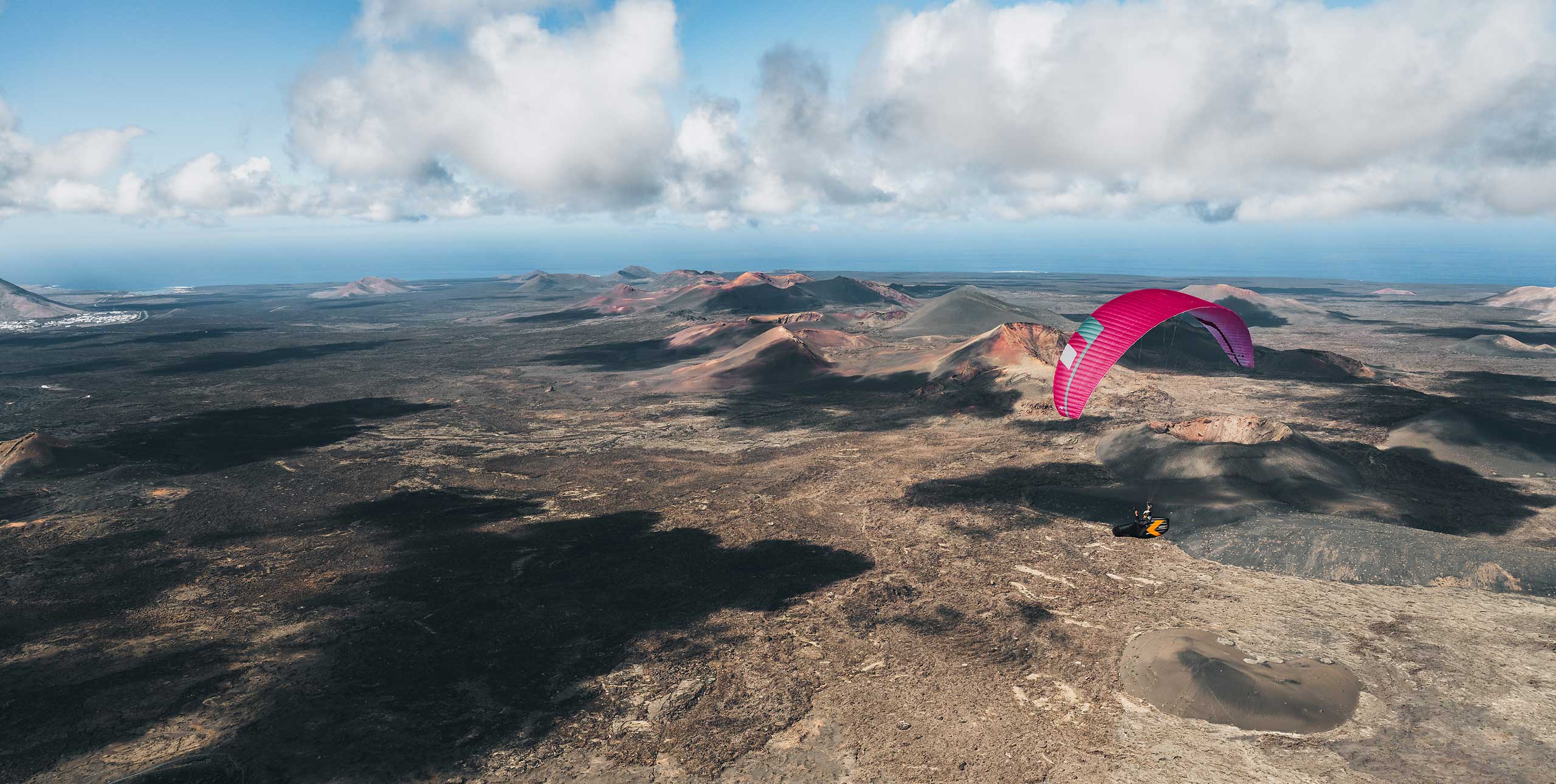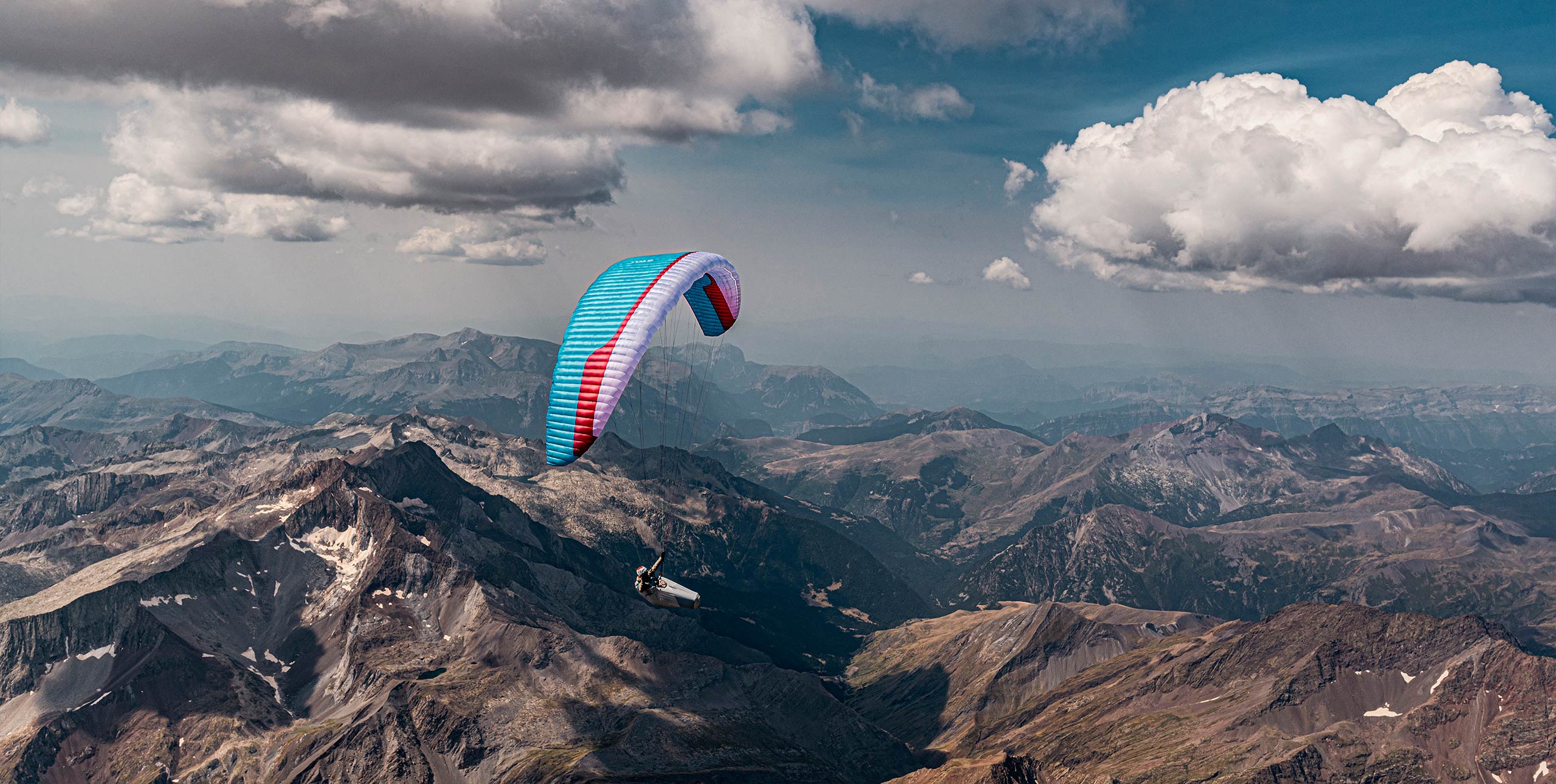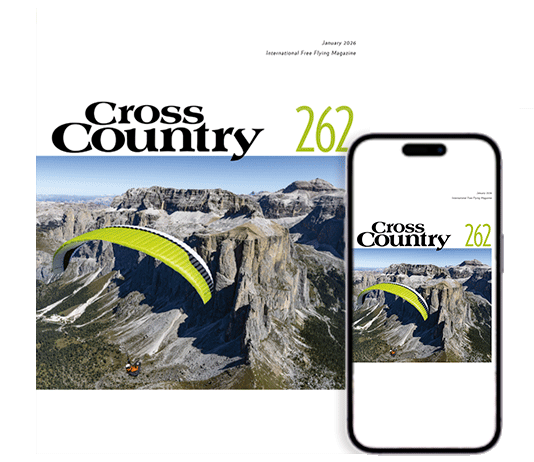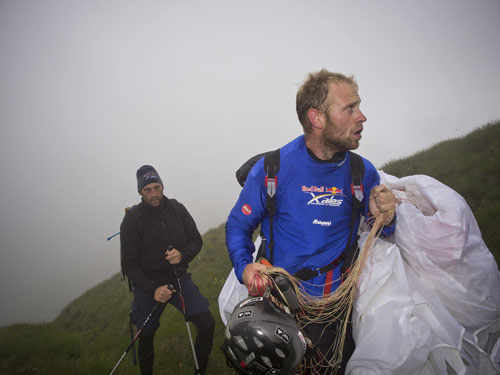
Chrigel broke ‘buffer zone’ by one metre according to his back-up GPS. ‘It was a rest day’ he says of his 24-hour penalty
• Pre-order the Red Bull X-Alps 2011 DVD and save 15%
Hugh Miller reports from Day 7 of the Red Bull X-Alps 2011
Day 7 in the Big Brother house… Chrigel is still in the lead, Toma is in the Diary Room ripping newspapers, Japan’s Matsayuki Matsubara has gone home. (With apologies to those who don’t get the pop culture TV reference.)
Day 7 brought relief to Chrigel as rain set in, meaning as the other athletes had to walk he got to drink hot chocolate and put his feet up. Toma spent a long time hiking up a mountain only to pluuf off in, probably, rain and sink quickly down again. He took hours to make 15km and, as several people pointed out, would have been quicker walking.

This morning at 7am backmarker Matsayuki was cut. There’s no mercy in this game, and with him gone, that means after one week there are now only 22 athletes left. About 300km separates the front – Chrigel – from the last athlete.
After our last post yesterday re the airspace infringement, and a bit of gentle questioning, the Red Bull X-Alps organisation revealed a little more about Chrigel’s airspace infraction.
We had asked whether Chrigel had broken airspace by going up into it, and it seems this is indeed what happened.

Hugh Miller (a former editor of Cross Country mag) is the Red Bull X-Alps reporter and he wrote that Chrigel, “was flying below the floor of the Red Bull X-Alps forbidden zone near Locarno and bumped up into it. He was less than 100 metres inside the forbidden zone.”
Chrigel was also apparently “aware that he was very close to the forbidden zone” and “Both Maurer’s recording devices showed that he did enter it”.
That leaves us all wondering how big is the ‘forbidden zone’ [Edit: apparently it’s 100m] and how less is ‘less than’ 100 metres. Is it 5m or 99m? Devices, as we explained yesterday, aren’t always that accurate. (We are not contesting the decision, we’re just illustrating how tricky these airspace altitude calls are to make when based on GPS altitude – it’s an old problem.)
Hunting around, it turns out Chrigel himself reckons he went in by one metre. That’s 100cm. He tells Hugh in this audio interview that he only went in “one or two metres”.
The thermal was strong and rough and he clipped the edge of the Red Bull X-Alps buffer zone as he was heading away from it.
“I was in a bad situation with a strong thermal and I wasn’t sure if I was under the TMA or beside it. I left quite early. The thermal was 3m/s but when i went it was 6/7m/s and it pushed me up. I was lucky to be in one or two metres and not 100. It was so hard thermal and it was so turbulent I wasn’t able finally in the end to manage the altitude.”
And he told Servus TV that his main GPS showed him 5m inside while his backup showed 1m inside the buffer zone. (We can’t speak to athletes directly as race organisers only allow official media partners to speak to them – otherwise they’d just be fending off annoying questions all the time.)
So, from that we can glean he wasn’t breaking airspace, just the Red Bull X-Alps-imposed buffer zone. He wasn’t flying illegally, just breaking the rules of the game, albeit by a tiny bit.
In the end, it has had no impact on the rankings. In fact, it’s rather worked in his favour. He told Hugh: “I’m really happy only to have a penalty.” He also called his 24-hour penalty his “resting day”!
Interestingly, after our post yesterday, someone watching the race left a comment on our Facebook page.
Pat Orso used to work at Locarno air traffic control and said the use of GPS altitude to observe airspace “seems very odd to me”. (Yes Pat, we know – we’re a funny bunch in paragliding). He also pointed out the problem of using barometric altitude in a race like this – how do you set your instruments each morning?
He also said that getting permission to cross Locarno airspace is a possibility – if you have the right radio:
“I used to work as an ATCO at Locarno Tower, the concerned aerodrome. Not being involved in paragliding competitions, I didn’t know the contestants use GPS altitude as a reference; this seems very odd to me, as to my knowledge the rest of the aviation community uses barometric readings.
The question is: where would paragliding pilots get the local QNH from? Time might have come to have them carry aviation band radios (if they want!), and maybe even to allow them to call ATC for a proper crossing clearance. In Switzerland, this is possible, anyway.
Who knows, maybe a thought worth considering? All the best from Switzerland both to the great xcmag crew, and the incredible X Alps athletes!”
Not such an unusual thought – it’s not unheard of for paraglider or hang glider pilots to call up ATC for local airspace crossings.
One to mull over while cooking Sunday dinner – careful you don’t get gravy all over your laptop in the kitchen. Actually, it’s rather a nice day here, I might go flying later.
Anyway, back to the Live Tracking. Chrigel’s on the move!
• Got news? Send it to us at news@xccontent.local
Subscribe to the world’s favourite hang gliding and paragliding magazine


